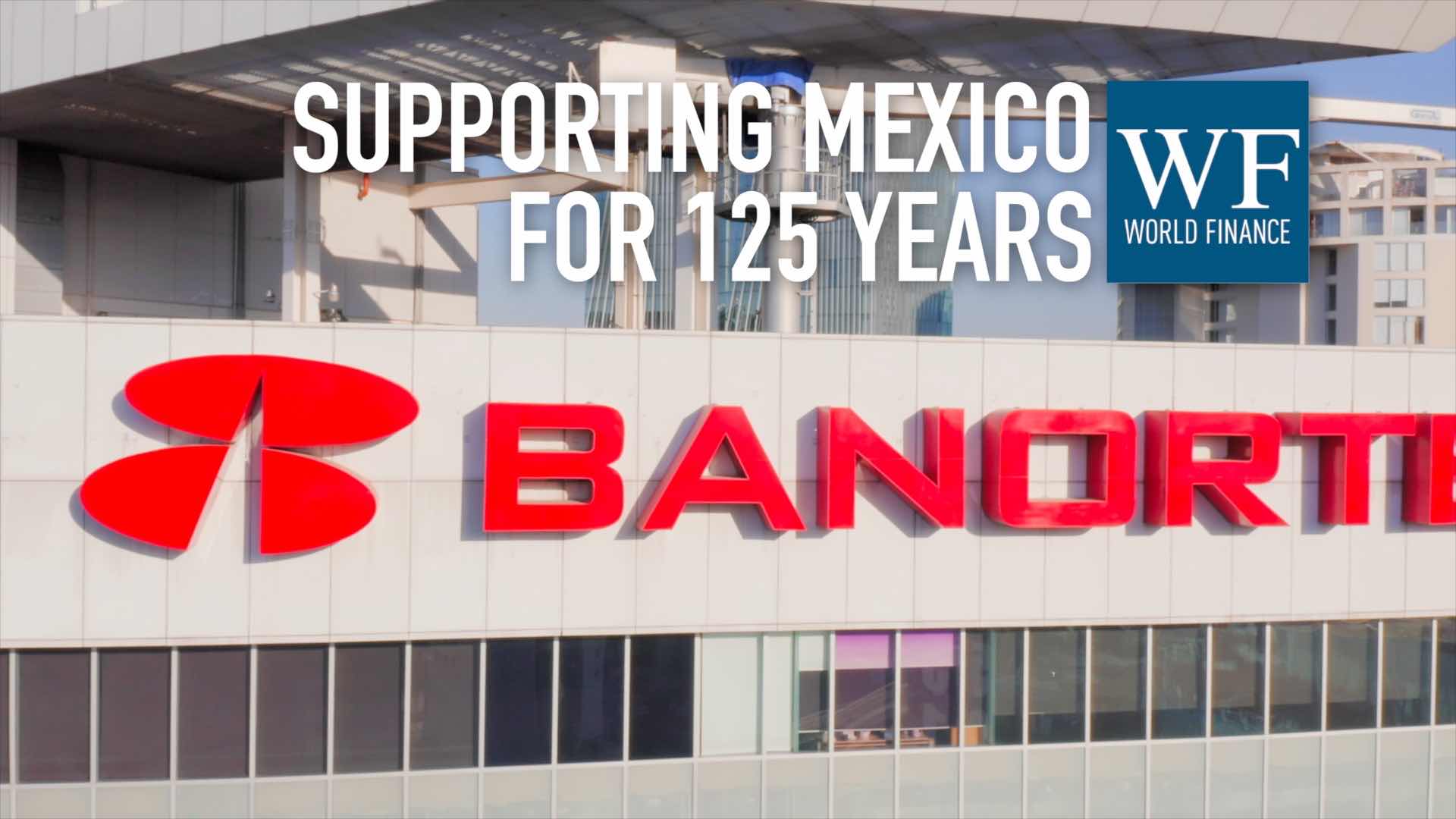Oman LNG documentary – From Strength to Strength – Part Two
Empowering community; building capacity. We travel to Sur to visit Oman LNG's liquefaction plant
Related:
Transcript
In the second part of our documentary with Oman LNG, we visit the historical town of Sur, where Oman LNG’s liquefaction plant is based.
We are serialising our new documentary series on Oman and its liquefied natural gas industry throughout this week. Please subscribe to our channel to get notifications of each new episode as it goes live.
World Finance: Oman has a burgeoning natural gas sector. And as the country’s primary exporter of liquefied natural gas, Oman LNG is also becoming a reliable supplier of one of the cleanest fossil fuels available.
Here we are in Sur, about 200km east of Muscat, where the Oman LNG gas plant is based.
Here the company employs around 400 members of permanent staff from the area to ensure its uninterrupted supply of liquefied natural gas.
Oman LNG was established by a royal decree in 1994, and now runs at a 34 million cubic metre capacity per day.
Initial investment in the Oman LNG plant, based in Sur, was $2bn. Now, annual revenue from exports exceeds $5bn annually.
Nasser Al Balushi, Technical Operator, Oman LNG: The main aim of Oman LNG is we liquefy the gas that we receive from PDO – Petroleum Development Oman. We receive the gas at the starting point, from the gas metering station. Then it’s processed through three identical liquefaction trains – train one, two, and three. The aim of the process trains is to liquefy the gas that we receive.
So, we switch on the gas, and then the gas is dehydrated and liquefied to a temperature of -162°C. Then this liquefied natural gas is stored – we have two LNG tanks – then it is shipped to LNG tankers and it sails to the customers.
Harib Al Kitani, CEO, Oman LNG: We don’t only sell long-term LNG. We also market spot cargos. And this increases the number of our contacts outside. For instance, we have almost 40, or over 40, master agreements with different buyers. Some of them, they don’t buy; but they are ready to buy, when there’s an opportunity.
So we have a pretty good footing into all markets, west and east. And our location in Oman, we are just in-between, equidistant, from the west and the east.
Oman is friendly to all countries of the world, and we do business to as many as we can.
World Finance: This is the heart of the Oman LNG operation – the control room. Everything from the pressure, temperature, and production rates, to loading and shipbuilding schedules is monitored and controlled from here.
There are usually around six people working in the control room, to prevent any abnormalities, and keep production constant.
Oman’s export of liquefied natural gas has often been described as the game-changer to the country’s economy, because earnings from the sale of LNG cargos have also provided elbow-room for investment in other promising sectors.
Harib Al Kitani, CEO, Oman LNG: So, we have quite a successful Oman shipping company, with a lot of vessels, in all products and crude. But it started initially with LNG.
And also we built capacity, as I said, in SMEs and other industries, with which we share common facilities as well.
World Finance: Oman LNG has really become an integrated part of the Omani economy, and acts as a model for good corporate governance across the country.
Harib Al Kitani, CEO, Oman LNG: We are audited by a number of institutions, by our external auditors or international companies, by our state auditors, by our shareholders. And thus, I think, we are one of the leaders in corporate governance.
Safety is our core focus. We put so much effort on safety, because we want people to come and work, and go back safe. We don’t want people to lose fingers, we don’t want people to get hurt when they work. And we emphasise this in daily meetings, in publications, in promoting safe work and safety culture.
We have even gone down to the staff and made them commit, as we call it in our statement, is changing culture. You have to commit: what are you going to do this year, next year, in making sure that you are doing some safety conducts, safety practices.
And this is a culture – it’s evolving. It’s been successful so far, and it’s being driven from the top to the bottom. And now we’re also engaging our contractors to follow the same thing. And they love it! Because we have big activities like shutdowns in the plant, and we have thousands of people in the plant. And they work, and go home safe.
Mohammed Bin Hamad Al Rumhy, Minister of Oil and Gas, Oman: We take safety extremely seriously. We have very good partners in our industry, whose reputation on safety is extremely important for them, as well as for us. The likes of Shell, Total, our eastern partners like Core Gas.
Oman, I think – without blowing our heads too big – we take environmental and health issues at a very, very high priority in our day-to-day thinking. And I think the company is doing very well.
Harib Al Kitani, CEO, Oman LNG: We have just achieved almost 13 million man-hours without lost-time injury. And this is not a small feat.
World Finance: But Oman LNG’s commitment to ethical practice doesn’t stop at its employees. The company sees its mission as improving the lives of all Omani people.
1.5 percent of Oman LNG’s net income after tax goes into its diverse social investment programmes, benefitting people of all walks of life.

 Grupo Financiero Banorte: Supporting Mexico for 125 years
Grupo Financiero Banorte: Supporting Mexico for 125 years Investing in innovation: TITAN Group’s €40m commitment to transform construction
Investing in innovation: TITAN Group’s €40m commitment to transform construction
